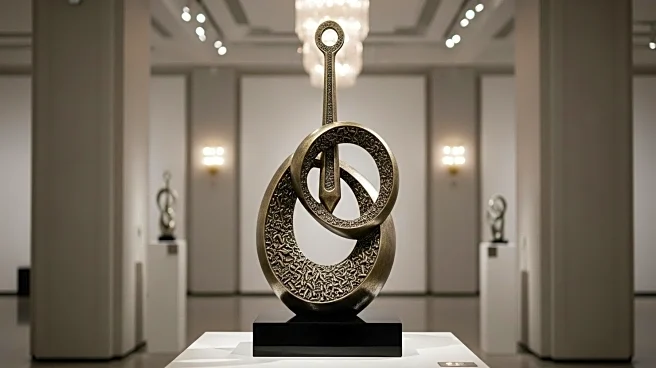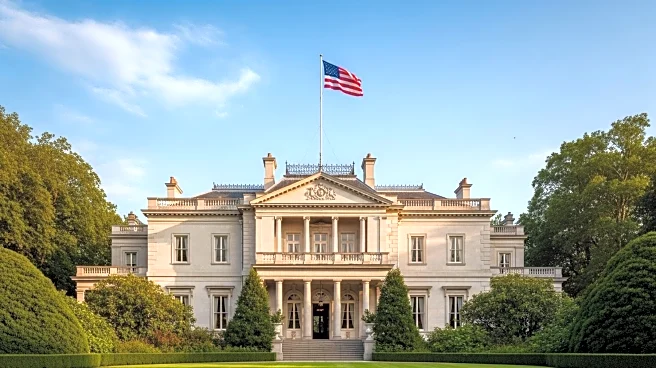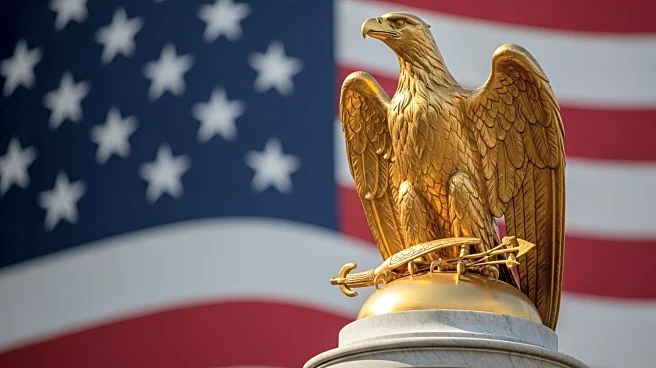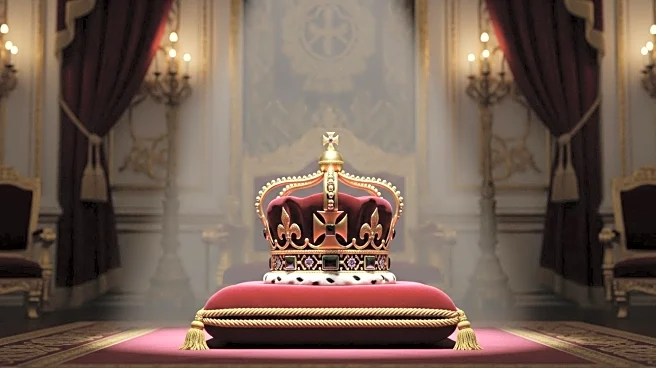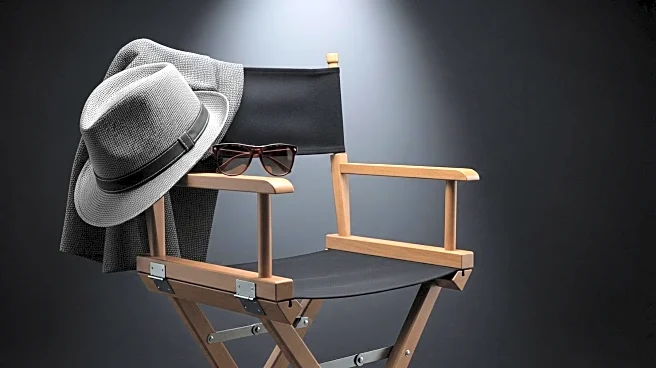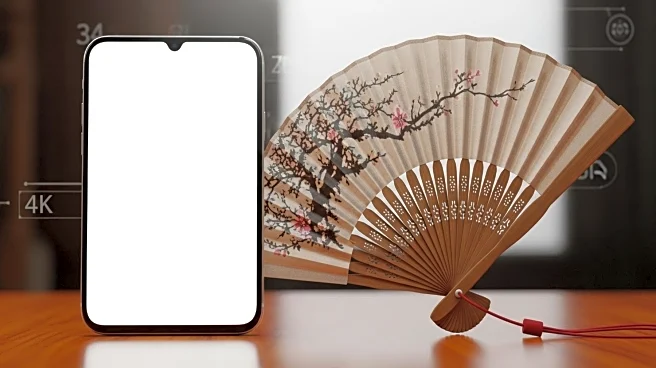What is the story about?
What's Happening?
The Smithsonian American Art Museum's exhibition 'The Shape of Power' has concluded, drawing attention for its exploration of race and American sculpture. The exhibition featured over 80 works of art, aiming to provoke dialogue on power and identity. Despite its success, it became a target of criticism from President Trump, who issued an executive order in March condemning the exhibition for portraying American values as harmful. The exhibition included significant pieces like Hiram Powers's 'The Greek Slave' and Ferdinand Pettrich's 'The Dying Tecumseh,' which reflect historical racial narratives. The show was well-attended, and visitor feedback was overwhelmingly positive, highlighting its importance in fostering discussions on race and identity.
Why It's Important?
The exhibition's significance lies in its challenge to traditional narratives about race and power in America. By presenting art that questions racial constructs, it encourages critical reflection on historical and contemporary issues. The criticism from President Trump underscores the ongoing political tension surrounding diversity and inclusion initiatives. The exhibition's success demonstrates public interest in engaging with complex social issues, suggesting a demand for institutions like the Smithsonian to continue addressing these topics. The positive reception indicates a societal shift towards acknowledging and confronting uncomfortable truths about race and identity.
What's Next?
The Smithsonian faces the challenge of defending its programming against political pressures, particularly those that seek to limit discussions on race and diversity. Future exhibitions may continue to explore similar themes, potentially sparking further debate. The institution must navigate the balance between celebrating American exceptionalism and addressing its more difficult historical narratives. The public's positive response to 'The Shape of Power' suggests that there is support for such initiatives, which could influence the Smithsonian's future curatorial decisions.
Beyond the Headlines
The exhibition highlights the ethical and cultural dimensions of race as a social construct, challenging long-held beliefs about biological determinism. It raises questions about the role of art in shaping societal perceptions and the responsibility of cultural institutions to foster informed dialogue. The exhibition's success suggests a growing public willingness to engage with complex and often painful historical truths, potentially leading to broader societal shifts in understanding race and identity.
AI Generated Content
Do you find this article useful?
